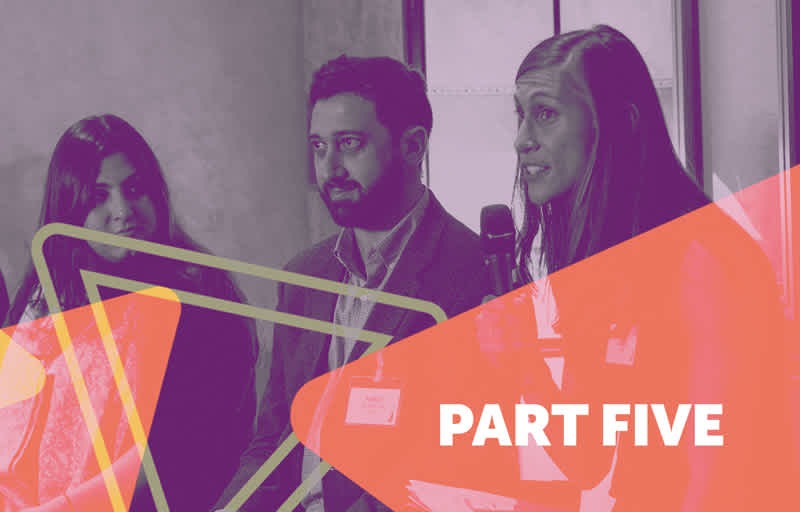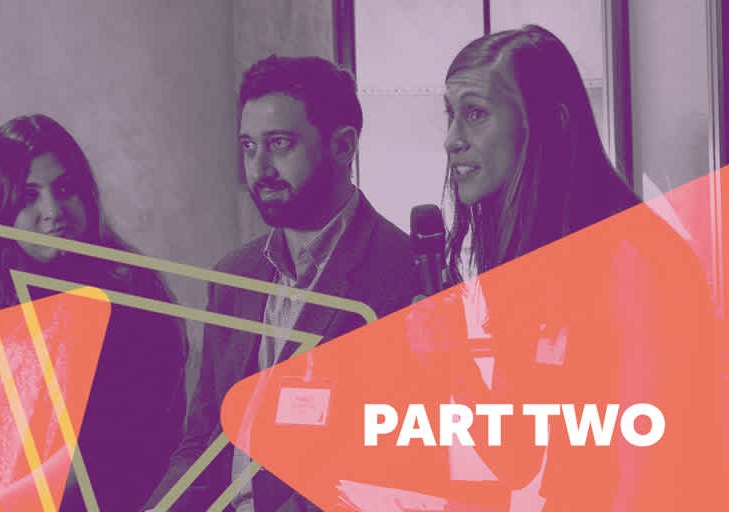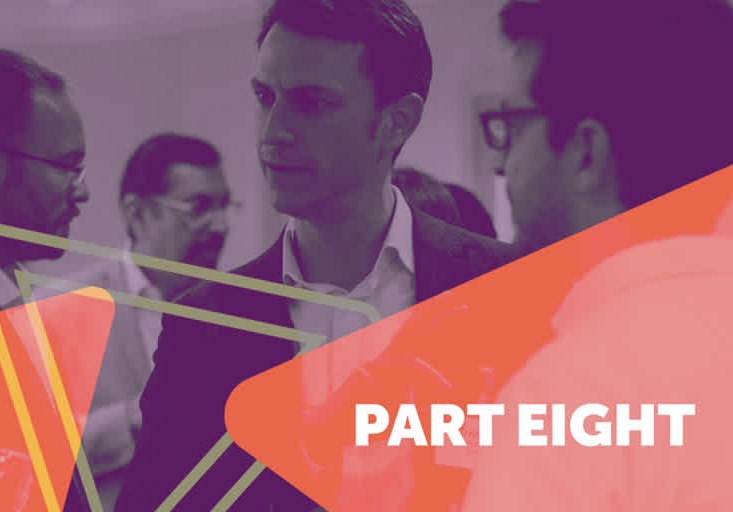Build Your Business
Reece Soltani on how to cultivate a culture of innovation
In Part 1 of our Nonprofit to Social Enterprise series we hear from Reece Soltani, who says “We’re seeing a trend among nonprofits that have run legacy programs to prioritize a new wave of innovation.”
February 02, 2015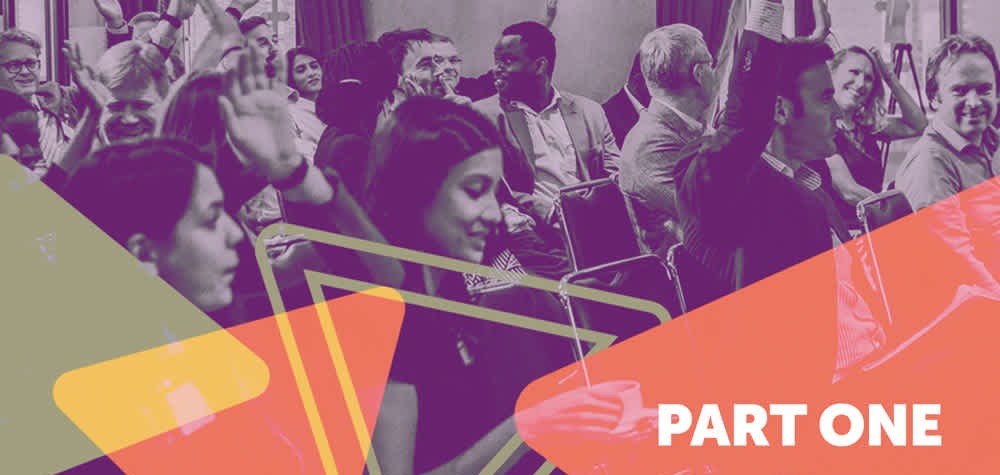
The United States’ largest nonprofit organization dedicated to empowering Americans 50 years of age and older and a membership base of over 37 million people, the AARP has a strong brand and stellar reputation. Yet, rather than resting on their laurels, they have intentionally invested in building a culture of social entrepreneurship and innovation, using a more rigorous approach than perhaps any other nonprofit Acumen Academy has spoken with.
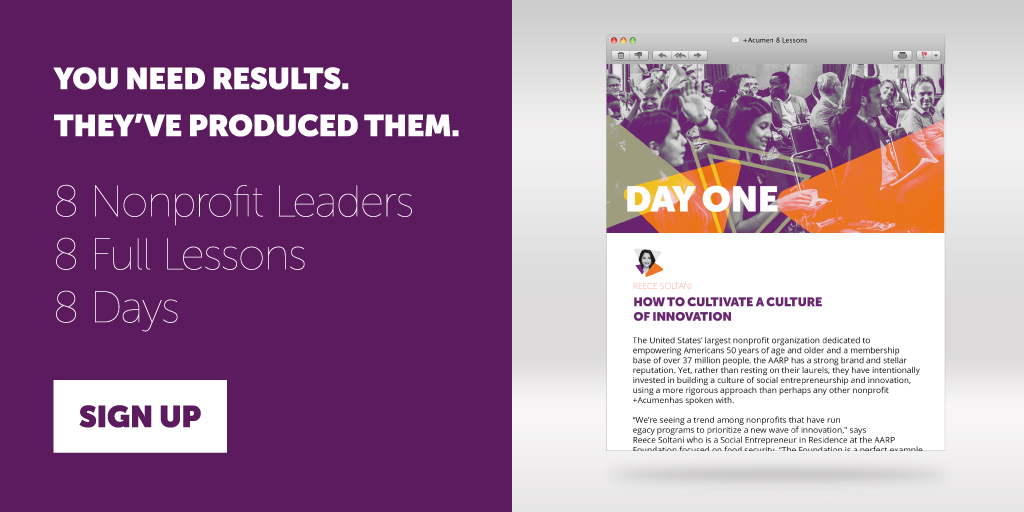
"We can’t keep solving problems with the same types of thinking that might have helped create those problems. So it’s a business decision to move towards innovation. If you’re not getting onboard with innovation in the nonprofit sector, you might get left behind. It’s about adaptability," she says.
"At the AARP Foundation, adapting these practices allows us to be more nimble. AARP is already a large and trusted brand, but a lot of people wouldn’t consider us to be an innovative company. However, we have a large base that we’re serving and we need to think disruptively about how to handle the surging population of baby boomers. So AARP has taken this trend of innovation by the horns, seeing it as an opportunity for us to figure out how we can better serve the people that we’re trying to represent in addition to offering our well-established programs,” she explains.
The AARP’s work in social enterprise is still nascent, but Reece says we can expect to see several new products or services go to market in upcoming years.
Reece is now Lead Inventor at ?What If! Innovation.


